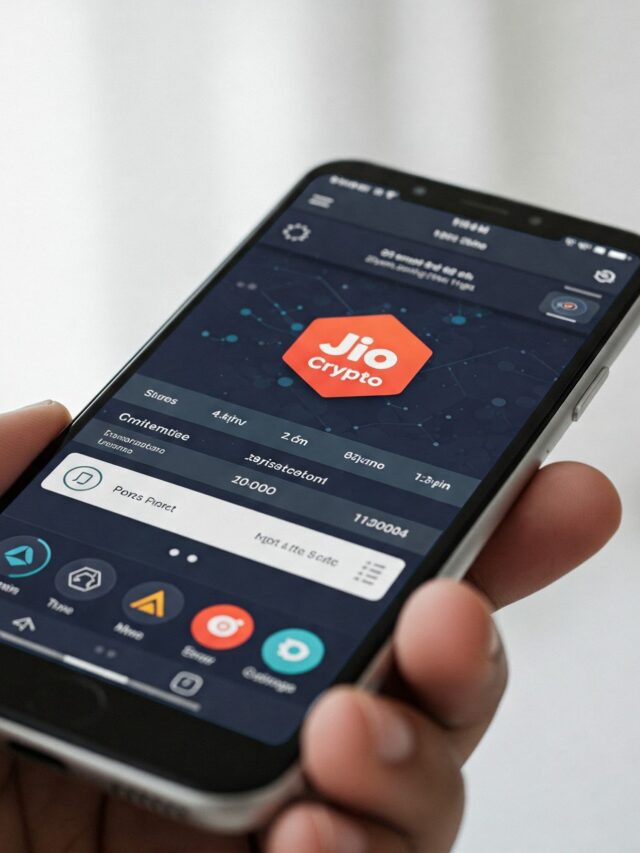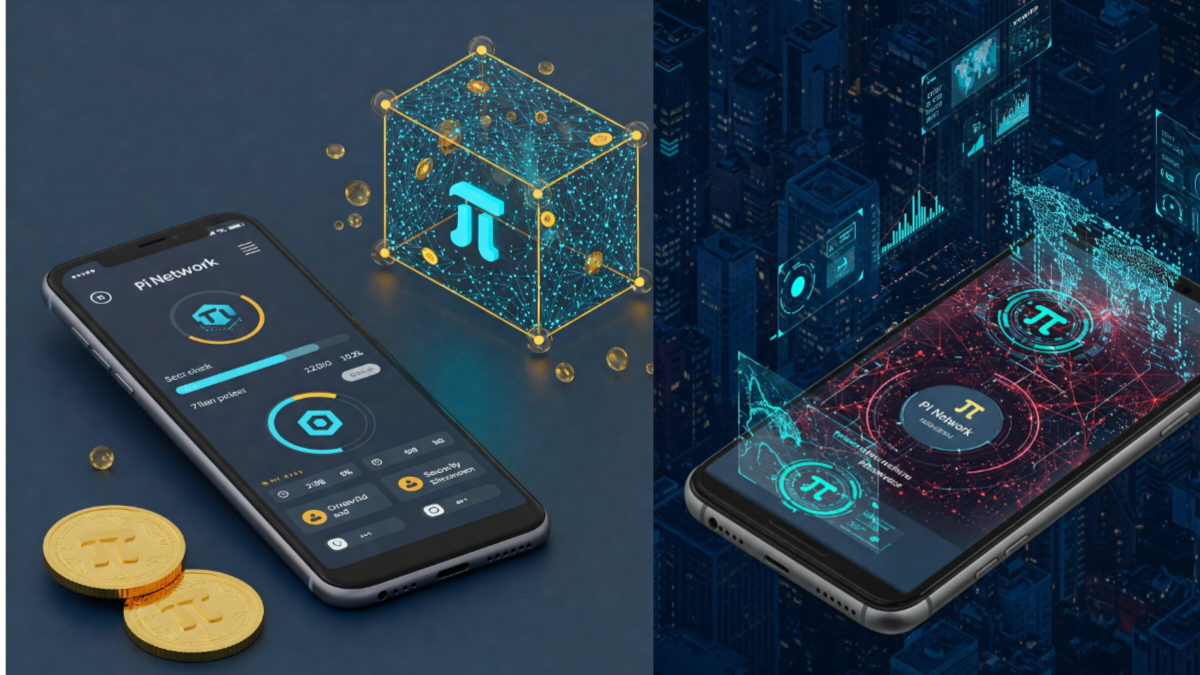Introduction
Pi Network is an exciting new player in the cryptocurrency space. Launched in 2019 by two Stanford graduates, Dr. Nicholas Kokkalis and Dr. Chengdiao Fan, it aims to make digital currency accessible to everyone. What makes Pi different is its focus on smartphones, eco-friendly mining, and building an inclusive community. Unlike Bitcoin, which uses a lot of energy for mining, Pi uses the Stellar Consensus Protocol (SCP) to let users mine coins on their phones without draining their batteries. This overview will take a look at the purpose of Pi Network, plans to launch in phases, the technology behind it, the challenges it faces, and what the future may hold.
Purpose of Pi Network
Pi Network is based on three main ideas: decentralization, accessibility, and financial inclusion.
- Decentralization: Pi seeks to create a currency that is managed by the global community rather than central authorities. By using SCP, it can ensure security and agreement in its network without harming the environment.
- Accessibility: The project makes it easy for anyone to join by allowing mining on smartphones. This means you don’t need fancy equipment or technical skills, helping it build a diverse group of over 35 million members by 2023.
- Financial Inclusion: Pi focuses on helping people without bank access by providing an easy-to-use app that facilitates transactions and savings even in areas with limited banking services.
This vision gives Pi a unique position in the tech world and as a movement that challenges traditional methods of mining and distributing cryptocurrencies.

Launch Strategy and Phases
The launch of Pi Network is divided into three phases to ensure it moves forward stably and securely:
- Phase 1: Initial Coin Distribution (2019–2021)
- Users mined Pi using the app, earning coins based on their activity and referrals.
- The referral system helped it grow quickly, allowing it to reach a wider audience.
- During this phase, coins were not tradable and acted as IOUs until the mainnet launched.
- Phase 2: Testnet and Enclosed Mainnet (2021–Present)
- The testnet phase lets developers try out transactions, smart contracts, and decentralized apps (dApps) like the Pi browser and Pi wallet.
- The Enclosed Mainnet restricts transactions to verified users, preventing outside trading, and refining the system.
- KYC (Know Your Customer) rules added to reduce fake accounts and ensure everyone follows guidelines.
- Phase 3: Open Mainnet (Future)
- In its final phase, Pi will transform into a fully decentralized blockchain, allowing external trading and connection to global exchanges.
- The timeline for this depends on technical readiness, legal clarity, and ecosystem maturity.
Technical Features
The Pi network is designed to be scalable and sustainable:
- Stellar Consensus Protocol (SCP): This energy-efficient method replaces the heavy resource use of PoW, allowing nodes to verify transactions more effectively. SCP can handle lots of transactions quickly, which is important for widespread use.
- Mobile-First Approach: By focusing on smartphones, Pi can reach many people, especially in developing regions.
- Security Features: SCP’s decentralized trust and KYC checks help protect against Sybil attacks, keeping the network secure.
The Pi SDK also allows developers to create dApps, creating a vibrant ecosystem beyond just the currency, including social media and marketplaces.

Challenges and Concerns
Despite its lofty goals, Pi Network faces several challenges:
- Regulatory Issues: Varying regulations around the world for cryptocurrencies could pose compliance risks.
- Technical Development: Moving to mainnet will require a robust infrastructure to support millions of users without sacrificing speed or security.
- Trust and Perception: Some doubt the value of Pi because the coins do not yet have monetary value. The project needs to show its utility after mainnet to maintain users’ trust.
- Competition: Established cryptocurrencies and central bank digital currencies (CBDCs) are also trying to make their mark, posing challenges for Pi.
Future opportunities and impact
Pi’s future success depends on how well Phase 3 is executed. If all goes well, Pi could:
- Help people without bank access by providing easy financial tools.
- Set a standard for sustainable blockchain practices that could impact the entire crypto landscape.
- Encourage the developer community through its SDK, leading to the creation of more innovative dApps.
However, any delay in launching the mainnet or problems in getting regulatory approvals could put Pi in danger.
From RippleNet to CBDCs: The Unstoppable Rise of XRP Blockchain
Conclusion
Pi Network is an ambitious attempt to rethink cryptocurrencies by emphasizing inclusivity and sustainability. Its phased launch approach balances development with user security, while SCP and mobile mining make it easy to access. Still, the project is still a work in progress, facing technical, regulatory, and perception challenges. If all goes well, Pi could lead to greater financial inclusion and encourage environmentally friendly blockchain practices, leaving a mark in the digital economy. As the crypto world changes, Pi Network’s journey is an interesting example of innovation and community-focused growth.







2 thoughts on “Pi Network’s Ambitious Goals: What Makes It Different in the Crypto Space?”